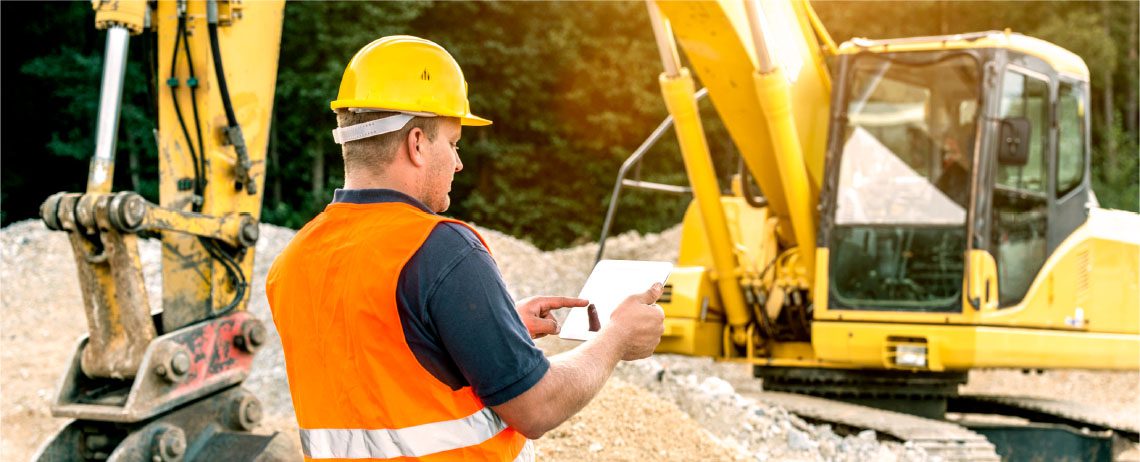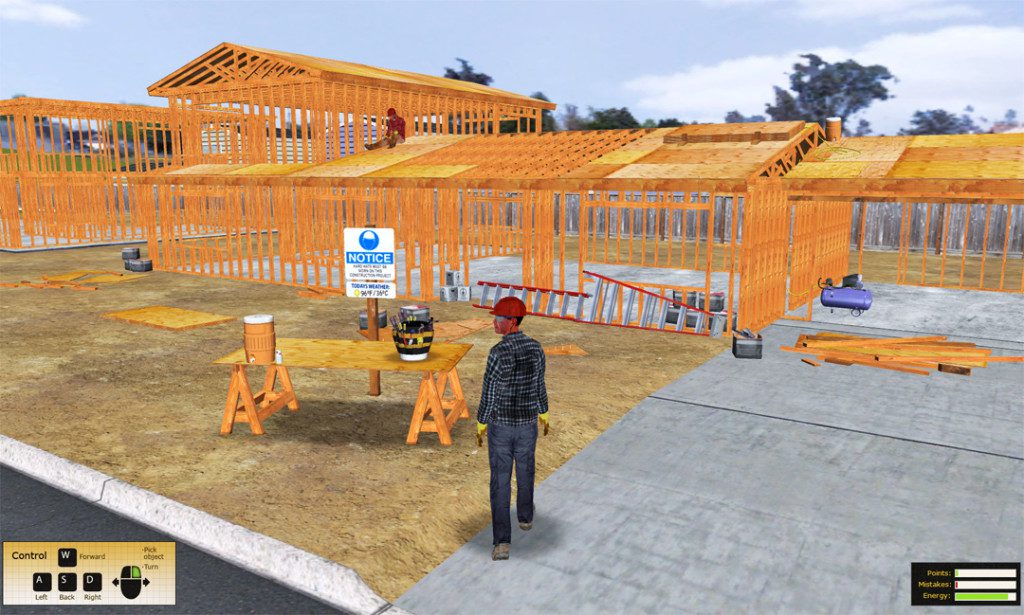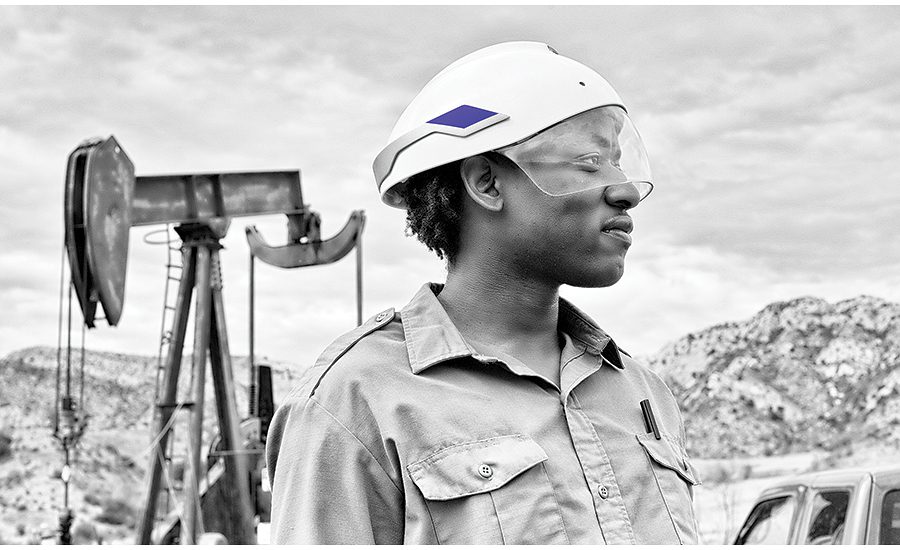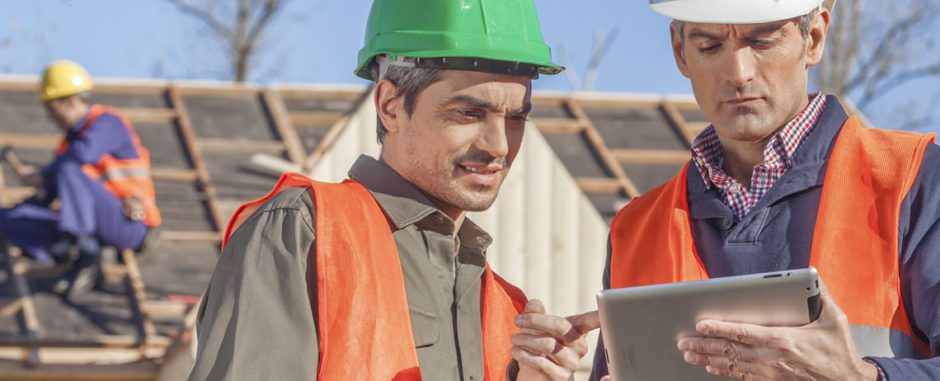The Top 5 Advantages Of Being On The Cutting Edge Of Technology In The Construction Industry
Industry Trends | By | 28 Sep 2016 | 3 minute read

Emerging technology is having a huge impact on the health and safety industry. Mostly in terms of productivity and streamlining workflows. But the real return on investment has been the impact to human safety. The speed of technology advancing can make it difficult to stay on the cutting edge of changes. But as more products become available costs are driven down. Transforming regular job sites into tech havens. Construction is one of the most dangerous industries to be in. Which is why the advantages to embracing technology speak for themselves. We explore five reasons why you should jump on technology trends.
1. Accident Prevention
New technology is resulting in the best form of accident prevention. The construction industry has been largely focused on technology that increases job site efficiency and productivity improvements. Technology like drones, sensors, and GPS technologies are now able to track worker movement. And create visual maps. Advancements also provide 3D safety training using augmented reality. We have the ability to replace workers in hazardous areas and provide real-time data collection for safety reporting and incidents. Technology is making safety training more accessible and less disruptive to workers. Creating a more informed workforce. Drones have by far been the greatest advancement. As they allow for pre-construction analysis and ongoing visual mapping. With the instant visual updates, companies can adjust their methods in real-time before it becomes a safety incident.

2. Greater visibility
Visibility into the jobsite is better than ever. We can now understand who is doing what, when and how. Skanska USA is using BIM-integrated GPS wearables to track workers on hazardous job sites. By using this technology, superintendents can mark safety zones. To inform workers of locations they need to stay away from via a tablet. Once in place, safety zones can trigger warnings through the wearables workers wear. Or trigger audible alarms attached to safety vests. We’ve written previously about wearable technology that will change the construction industry. Like the Daqri hard hat and bionic suits for construction workers. Gone are the days of reactive safety methods.

3. Better reporting and accountability
Technology has improved the way we capture and analyze data. Photo evidence is becoming the norm, providing everyone with the ability to capture an incident using their smartphone. They can then mark it up and circle the point of error. Photo documentation and recorded worker movement data, has enhanced the data collected for organisations like OSHA. They are able to effectively measure how many incidents are occurring. This is particularly crucial when the construction industry accounts for 20% of all annual workplace fatalities. Most of it due to the Fatal Four. Cranes on job sites these days have cameras installed to resolve blind spots and prevent the accidents that are caused by them. We predict smart clothing could have the biggest impact on worker safety. Safety apparel surprisingly remains relatively unchanged for the past 50 years.
4. Better communication
By moving away from paper, companies no longer have to battle with miscommunication. Real-time updates from the jobsite enables workers to respond to issues immediately. No more finding out what happened when it’s too late to act. With technology like speech-to-text, camera phones and automatic formatting – reports can be generated when the data is collected and sent to clients and management instantly. Technology has also enhanced meetings. When multiple stakeholders are involved in a construction projects, organizing meetings can be arduous. With the invention of Skype and GoToMeeting, project stakeholders can all be in the same room virtually.

5. Improved workflows
Technology has made working from anywhere much easier. Our workforce becomes increasingly more mobile. Documents and information can be distributed seamlessly. They are also more traceable. No longer do we send off tender documentation or quotes and wonder whether the client received it or not. Digital archives are crucial, particularly when paper is so unreliable, and expensive.
What has been your experience with technology advancements in the construction industry? Too much, or not enough? With better visibility and data collection in the field, less errors are made. Less time spent writing reports means greater cost savings and more efficiency. More devices on the jobsite means better control and ultimately safer work environments.
Important Notice
The information contained in this article is general in nature and you should consider whether the information is appropriate to your specific needs. Legal and other matters referred to in this article are based on our interpretation of laws existing at the time and should not be relied on in place of professional advice. We are not responsible for the content of any site owned by a third party that may be linked to this article. SafetyCulture disclaims all liability (except for any liability which by law cannot be excluded) for any error, inaccuracy, or omission from the information contained in this article, any site linked to this article, and any loss or damage suffered by any person directly or indirectly through relying on this information.





